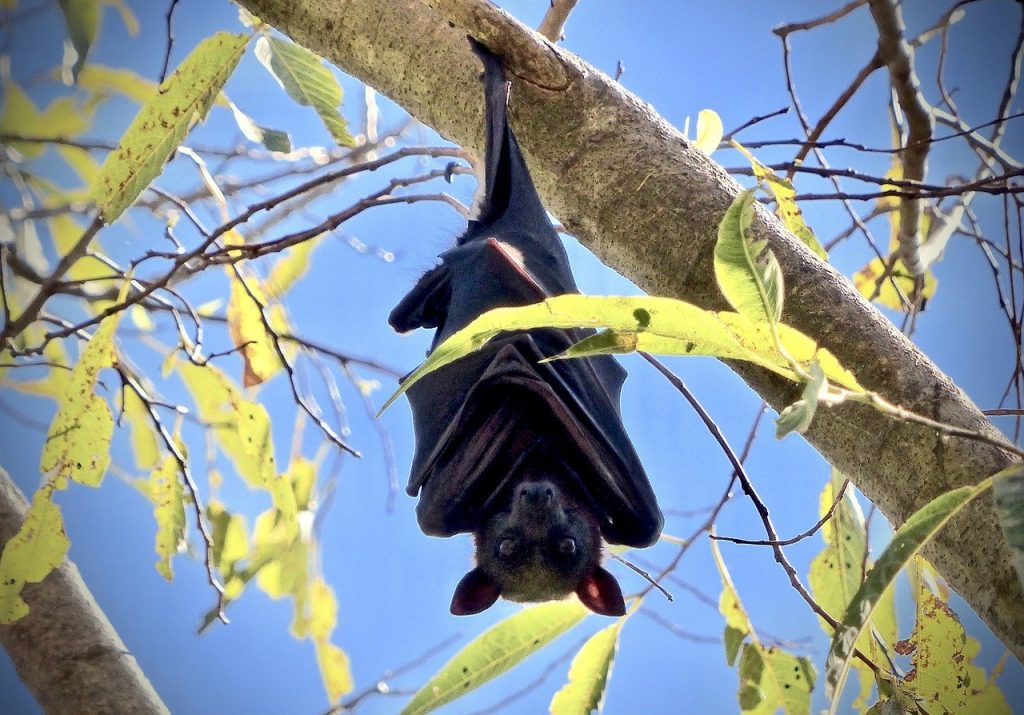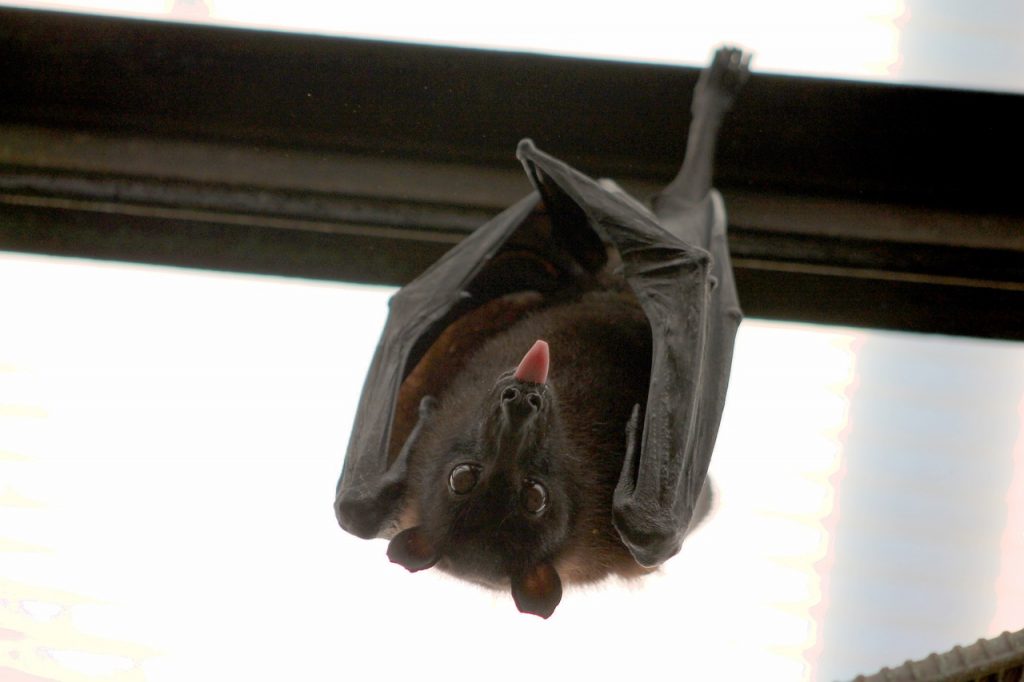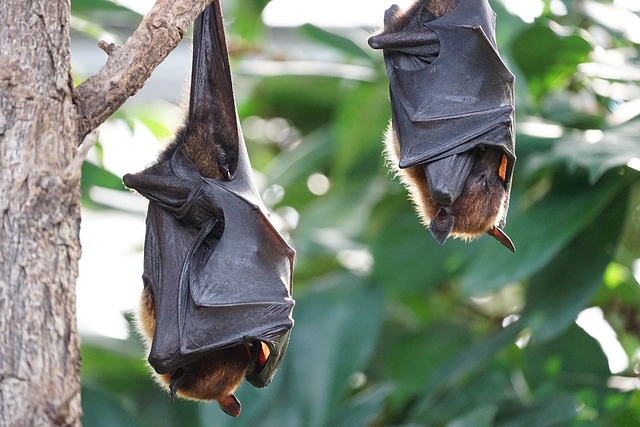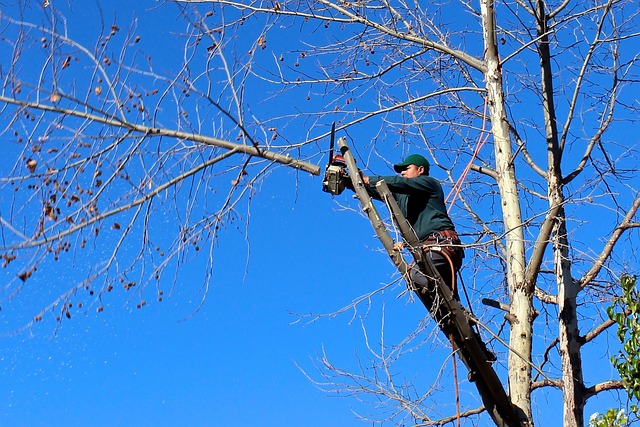Bats are remarkable creatures that contribute significantly to our ecosystem. However, their presence in your backyard can often lead to concerns regarding health risks and disturbances. This guide will delve deeper into understanding bats and provide detailed strategies to prevent them from invading your outdoor space.
Understanding Bats
What Are Bats?
Bats belong to the order Chiroptera, which means “hand wing” in Greek. They are unique among mammals due to their ability to fly, thanks to their elongated fingers and a thin membrane of skin stretching between them. There are over 1,400 species of bats worldwide, making them one of the largest orders of mammals. They can be found in various habitats, from tropical rainforests to temperate regions.

Why Are Bats Important?
Bats play crucial roles in maintaining ecological balance:
– Pest Control: A single bat can consume up to 1,200 insects in an hour. This appetite makes them valuable allies in controlling pest populations, particularly mosquitoes and agricultural pests that can harm crops.
– Pollination: Certain species of bats, like the Mexican long-nosed bat, are essential pollinators for various plants, including agave and several types of fruit trees. Their pollination activities support not just biodiversity but also agricultural economies.
– Seed Dispersal: Bats help in the dispersal of seeds, particularly in tropical regions. As they consume fruits, they excrete the seeds in different locations, promoting forest growth and regeneration.
Common Misconceptions About Bats

Many people have misconceptions about bats, often viewing them as dangerous or dirty animals. In reality:
– Bats Are Not Blind: The saying “blind as a bat” is misleading. Bats have functional eyes and can see well, especially in low light conditions.
– Bats Do Not Attack Humans: Bats are generally shy creatures that prefer to avoid human contact. They are more interested in insects than in people.
– Bats Are Not Dirty: Like all animals, bats can carry diseases, but they are not inherently dirty. They groom themselves regularly, much like cats.
Why Bats Might Visit Your Backyard
Understanding why bats are attracted to your backyard can help you take proactive measures:
1. Food Sources
Bats are primarily insectivorous, meaning they thrive in environments rich in insects. A backyard with a high insect population can attract bats looking for a meal.
2. Shelter
Bats seek dark, secluded areas to roost during the day. Your backyard may provide ideal spots such as attics, sheds, or dense foliage where they can hide from predators and rest.
3. Water Sources
Bats need water to survive, and if your backyard has ponds, birdbaths, or other sources of standing water, it can attract them.
- Read also: Why so many crows appear all of a sudden
Detailed Strategies to Prevent Bats from Coming to Your Backyard

1. Eliminate Food Sources
Reduce Insect Populations
– Natural Pest Control: Introduce beneficial insects such as ladybugs and lacewings that prey on pests. Planting flowers that attract these beneficial insects can help maintain a balanced ecosystem in your yard.
– Insect-Repelling Plants: Consider planting herbs like basil, mint, and rosemary, which naturally repel many insects. These plants can also enhance your garden’s aesthetic and culinary value.

– Use Essential Oils: Spraying diluted essential oils like citronella or eucalyptus around your yard can deter insects without harming the environment.
Limit Outdoor Lighting
– Switch to Yellow Bug Lights: Traditional white lights attract a multitude of insects. By replacing them with yellow bug lights, you can reduce the number of insects in your yard, making it less appealing to bats.
– Strategic Lighting Placement: Position lights away from areas where you want to minimize insect activity. For example, illuminate pathways but keep garden areas dimly lit.
2. Secure Roosting Areas
Seal Entry Points
– Inspect Your Home: Conduct a thorough inspection of your home and backyard structures. Look for gaps in eaves, vents, and windows. Use caulk, expanding foam, or steel mesh to seal these openings.
– Regular Maintenance: Regularly check for new gaps or holes, especially after storms or seasonal changes. Keeping your home well-maintained can prevent bats from finding new entry points.
Remove Potential Roosting Sites
– Tree Trimming: Regularly trim trees and shrubs to eliminate dense foliage that could serve as roosting spots. Aim for a height of at least 10 feet for trees near your home.

– Store Firewood Properly: Stack firewood away from your home and elevate it off the ground. This practice not only reduces the likelihood of bats roosting but also deters other pests.
3. Use Bat Deterrents
Ultrasonic Devices
– How They Work: Ultrasonic devices emit high-frequency sounds that are unpleasant to bats but inaudible to humans. These devices can be effective in keeping bats at bay, especially if placed in areas where bats are likely to roost.
– Placement: Install these devices around the perimeter of your yard, focusing on areas where you’ve noticed bat activity.
Visual Deterrents
– Reflective Objects: Hang shiny objects like aluminum foil strips, old CDs, or reflective tape in your yard. The light reflecting off these surfaces can scare bats away.
– Wind Chimes: Wind chimes can create sounds and movement that deter bats. Choose colorful and visually appealing chimes to enhance your garden’s decor while keeping bats at bay.
4. Create an Uninviting Environment
Maintain Cleanliness
– Regular Yard Maintenance: Keep your yard free from debris, fallen leaves, and clutter that can provide hiding spots for bats. Regularly mow your lawn and trim overgrown areas.
– Remove Food Sources: Clean up any fallen fruit or food scraps that could attract insects, which in turn attract bats.
Avoid Water Sources
– Limit Standing Water: If possible, fill in any small ponds or remove birdbaths. If you want to maintain a water source, ensure it is shallow and frequently changed to prevent stagnation.
– Use Water Features Wisely: If you have a pool, cover it when not in use. This not only keeps it clean but also reduces the chances of attracting bats looking for a drink.
What to Do If Bats Are Already in Your Backyard
If you discover bats already roosting in your backyard, it’s crucial to handle the situation carefully and ethically:

1. Contact Professionals
– Wildlife Control Services: Reach out to licensed wildlife control professionals who specialize in bat removal. They can safely and humanely remove bats without harming them or your property.
– Local Wildlife Agencies: Many regions have local wildlife agencies that can provide guidance and assistance in managing bat populations.
2. Avoid Direct Contact
– Health Risks: Bats can carry diseases, including rabies. If you encounter a bat, do not attempt to handle it. Instead, observe from a safe distance and contact professionals.
– Educate Yourself: Understanding bats can help alleviate fears. Familiarize yourself with local bat species and their behaviors to better manage their presence.
For more information on bats and wildlife management, check out the National Wildlife Federation (https://www.nwf.org).